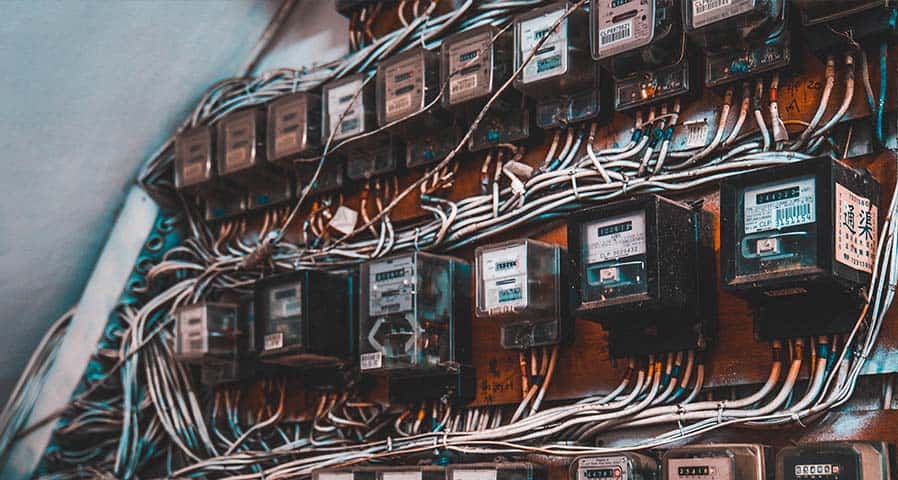Daylighting Controls & Daylight Savings: Optimizing Natural Light Through the Changing Seasons
Studies have shown that natural lighting has proven to improve workplaces by helping employees be more comfortable and efficient. As…

Commercial buildings have different electrical wiring requirements compared to residential structures. There are also different types of electrical wiring, each designed for specific applications. For example, wiring for electronics differs from what is required for heavy-duty machinery. Even the size of the building can affect the type of wiring used.
While safety is always a priority concern, there are other considerations to take into account when you are selecting commercial wiring projects. Here’s a look at the three primary types of commercial electrical wiring.
The NFPA 70: National Electric Code (Chapter 3) lists the requirements for commercial wiring. The chapter is aptly titled General Requirements for Wiring Methods and Materials. Chapter 3 also includes any exceptions pertaining to modifications.
Some of the requirements include securing and supporting the electrical installation, along with protection standards.
Electrical raceways and conductors are the most common types of commercial electrical wiring. Either a nonmetallic or metallic conduit is used with a multiple insulated phase. Some NEC requirements may also call for an equipment ground conductor. The installation requirements are based on the property’s design and specifications.
Some common types of conductors include THHN/THWN (thermoplastic high heat-resistant nylon jacket/thermoplastic heat and water-resistant nylon jacket) or XHHW (XLPE high heat-resistant and water-resistant) Most are comprised of copper, but you can also find aluminum conductors.
Electrical raceways are often used in commercial applications. Some of the types of raceways include,
Don’t confuse raceways with cable trays. Cable trays are part of the structural system that supports and manages the various cables.
Even though electrical raceways are commonly used in commercial applications, they also have advantages and disadvantages.
Advantages
Disadvantages
Electrical busways or bus ducts are another type of commercial electric wiring. An electrical busway is a metal enclosed raceway mounted by the manufacturer. Typically, there are two types of busways used in commercial applications, either plug-in or feeder style.
Like other types of commercial wiring, electrical busways have advantages and disadvantages.
The advantages include,
The disadvantages of using electrical busways are,
If you are looking for more information on electrical services and projects, check out our Electrical Education Center. We cover different types of electrical services, projects, common fire marshal violations, different types of electricians, and so much more.
Electrical cable assemblies use insulated and neutral conductors with a grounding one. The grounding conductor can be insulated or bare. If bare, the conductor is either wrapped in a metallic or nonmetallic covering.
The cable assemblies can be ordered as standard products or created for a specific conductor configuration. Standard cable assemblies typically come with THHN/THWN or XHHW-2 (copper or aluminum) conductors.
The most common types used in commercial buildings are:
Electrical cable assemblies have advantages, but the commercial wiring also has a few disadvantages.
Advantages
Disadvantages
Using the right commercial wiring can make a difference in your commercial building. It also helps ensure your building meets current electrical wiring standards. Whether it’s electrical wiring for a new construction or you are upgrading your current wiring, contact one of our specialists to find out how we can help ensure your electrical project goes smoothly from planning to installation.
Call 610-558-9773, emailing [email protected] or schedule a call that fits your needs by clicking the button below.